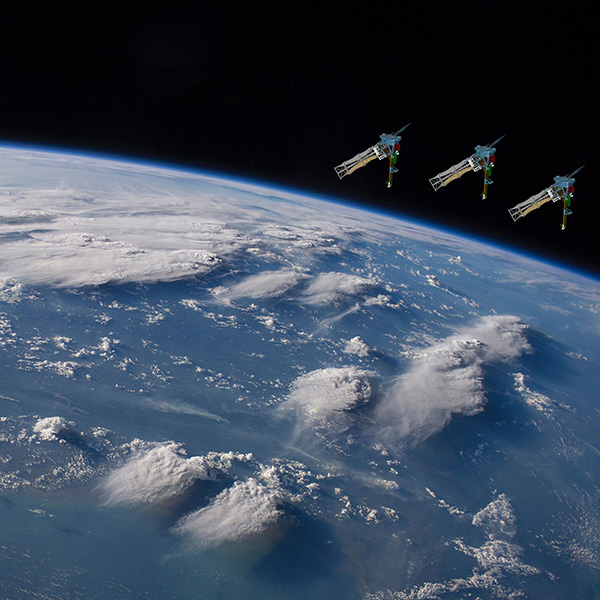CSU-led NASA satellite mission, set to launch in 2026, was built on giants
About four and a half years from now, a set of three small satellites – each not much larger than a microwave oven – will launch into low-Earth orbit and begin a two-year mission in space, providing scientists a top-down view of rain, hail and lightning-laden storms in the tropics.
Called INCUS, or Investigation of Convective Updrafts, this newest NASA Earth-observing mission will be broadly aimed at increasing scientists’ understanding of storm physics and related climate processes. Its principal investigator is Colorado State University’s Susan van den Heever, University Distinguished Professor in the Department of Atmospheric Science, who is also the first woman to lead a NASA Earth Venture Mission.
For van den Heever, a veteran storm observer and respected authority on cloud physics and mesoscale meteorology, launch day 2026 will be an auspicious milestone in a high-stakes technological achievement, as the nimble INCUS satellites begin collecting never-before-seen data that could change the game for storm forecasting and climate modeling. But launch day certainly won’t be the start of the INCUS story.
Read the full Source story, “CSU-led satellite mission, set to launch in 2026, was built on giants.”
Image at top: An artist’s rendering of the INCUS satellites flying in formation. Credit: NASA/JPL



